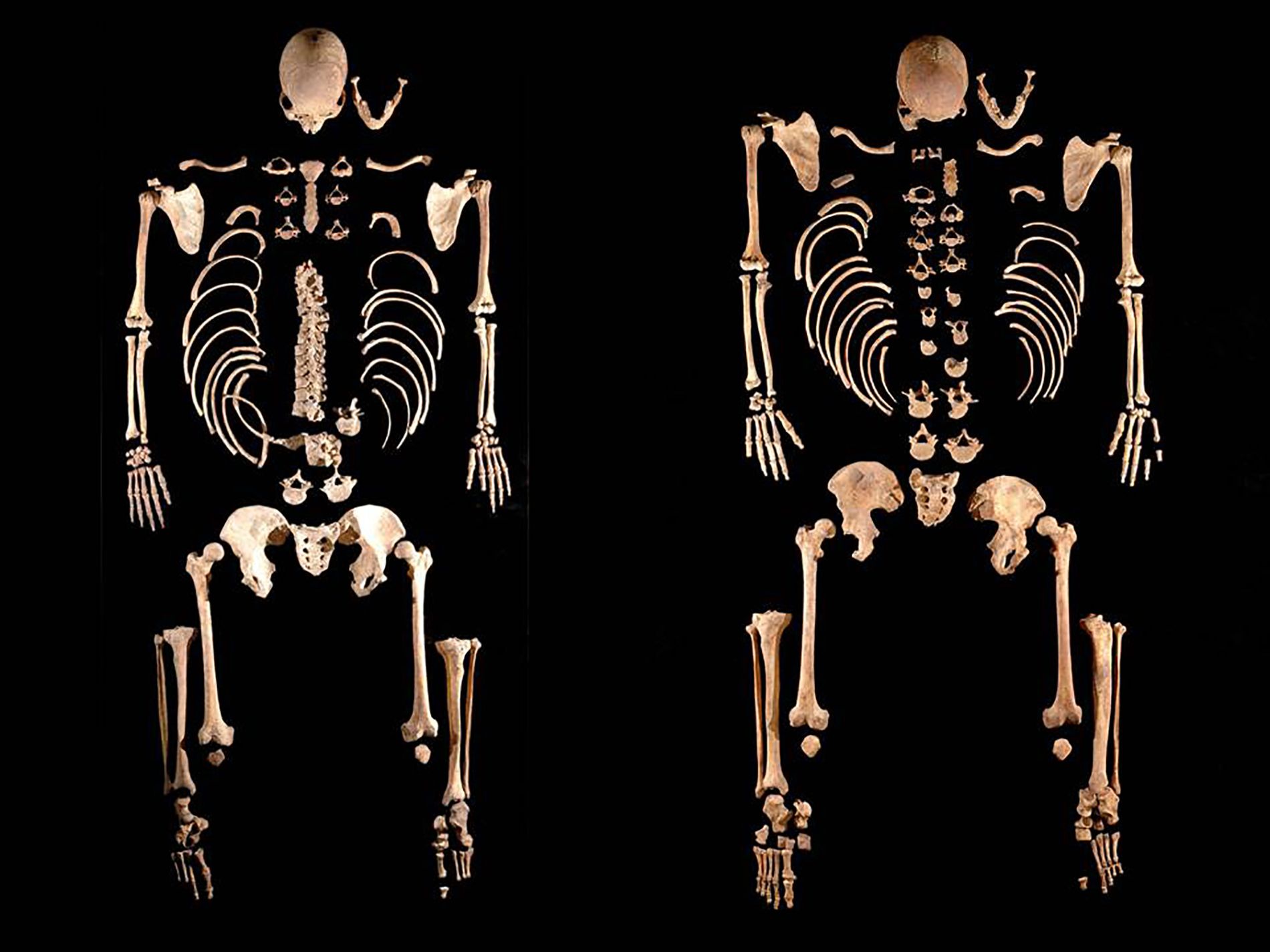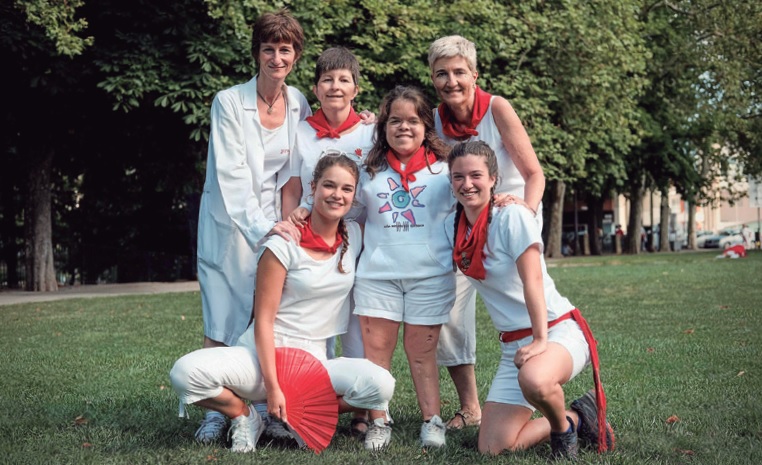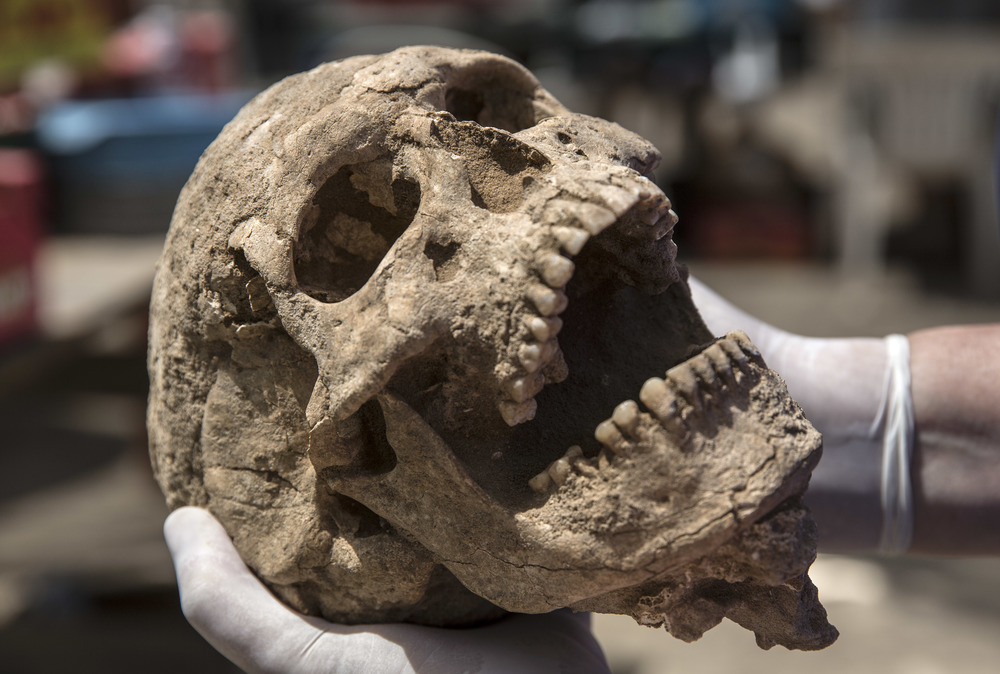"Genetic doping can be a big business for some"
- According to WADA (World Antidoping Agency), genetic doping has been applied since 2008. But no cases have yet been known. There's no chance of detecting it. The UPV/EHU professor of genetics, Adrián Odriozola, and his colleagues, for lack of money, had to suspend the research to find a detection system. However, Odriozola continues to combine sport and genetics in the company KiroleDNA, created by Odriozola itself.

How much do we have of genetics and how much of another?
According to each feature, genetics is a percentage and the environment is a percentage. We could say that the presence of genetics is usually between 30 and 80%.
Is it true that in a lab you can design the perfect athlete?
Not exactly. From the field of genetics, we keep the information in our recipe book. As we have already said, this book defines how we are in a high percentage. Today, we are able to edit this book on demand. But in part, that book is for us as the Matrix, it's coded and we don't know what changes can influence. Take the case of the gene that influences the erythropoietin creation process (EPO); in mice and monkeys it has been seen that the gene can be doubled to generate more erythropoietin.
That is, by changing a gene, can you define the amount of EPO that the body will generate?
That's it. Let's go back to the recipe. You have a potato tortilla recipe, but if you duplicate the gene, you'll create a double potato tortilla. Or next to this recipe you have a sign that indicates the number of tortillas that will be made. If you put two on the site that put one, you'll make two tortillas. We're slowly learning how to interpret this book. We know more and more. These are two different things: on the one hand, being able to edit the book and, on the other, being able to interpret it.
But how do you edit a person's book?
Viral vectors are used. Viruses have been designed for over 5 billion years to go to the cell and introduce its genetic material.
Are viruses used as “shooters”?
Yes, but excluding the first pathogenic or harmful part. If you instead put the sequence you're interested in, the virus makes a vehicle to the cell to transform it genetically.
Can you change the color of a patient's eyes with this technique?
Yes, in theory, knowing exactly the gene that conditions it.
What negative effects can it have?
Well, even if it seems simple to speak that way, it's very complex, because recipes are interconnected. And it's hard to know what consequences a change can have. We see some effects, but we still don't know if we can produce other side changes. There is also a risk of mutations.
We're talking about gene therapy, right?
Yes. Today, these techniques are used to cure several diseases. As far as I know, there are currently at least six drugs that are based on these techniques. There are thousands of research and we're developing a lot of techniques, because they're very interesting for health.
Also for doping in sport.
It's the usual thing. By amending certain specific paragraphs, we know that sports performance can improve enormously. Strength, such as resistance or sensitivity to pain.
Is it like hitting a car or hacking our body?
Exactly. The exhaust pipe has changed and the car goes a little faster, but how much noise does it produce? How much petrol do you need now? I like to highlight the good side, because it's awesome.
And what's the good side of all of this?
The difference is that the cause of most diseases is usually a genetic defect. The origin of these diseases is often found in a simple letter from the recipe book. If we are able to change it, we will be able to cure many incurable diseases today. If we develop and market these techniques, which now cost millions of euros, we will get one drug for each person. There are many children who are born with very rare genetic diseases and today there is no possibility of creating a drug for each of them. Among other things, because pharmacies are not interested.
Are there transgenic athletes today?
We cannot know because we do not have tools for detecting genetic doping. But it is well known that it is technically possible to do so. The WADA (World Antidoping Agency) says that genetic doping has been applied since 2008, since the Beijing Olympic Games. That's why he's invested a lot of millions of dollars in his research.
At the Rio Olympic Games, things began to be done against genetic doping.
They started with some kind of detection, but eventually they reversed. It wasn't reliable enough. Samples were stored for future study.
Is genetic doping expensive?
Yes, but economically it can be a big business for some. In gene therapy, the development and application of such a drug to people requires between 2 and 6 million euros. Can that be lowered? It may be that, in an illegal process, if some phases are removed. Yes, they will certainly earn more money from investing in their marketing. The world of doping is as dark as it is profitable for some.
“Bi teknika daude, invivo eta exvivo. Invivo zuzenean birusak sartzea datza, zuk nahi duzun errezetarekin. Exvivo aldiz, zelulak atera, eraldatu, laborategian hazi eta berriz ere gorputzean sartzeari esaten zaio. EPOaren genea aldatu daiteke; miostatinarena ere bai, gihardura handitzeko; PPAR edo PPFK geneak aldatu ditzakegu erresistentzia handitzeko, edo minaren pertzepzioa gutxitzeko. Txirrindularitzan esaterako, nork irabazten du? Erresistentzia handiena duenak ala mina hoberen jasaten duenak?”.
Henrietta Lacks izeneko andrea umetoki minbizi batek jota hil egin zen 1951an, baina bere gorputzetik eta bere baimenik eta jakintzarik gabe erauzitako zelulek oraindik, egundaino bizirik eta ugaltzen diraute, eta azken hamarkadetako biologia eta medikuntza ikerketetan... [+]


















